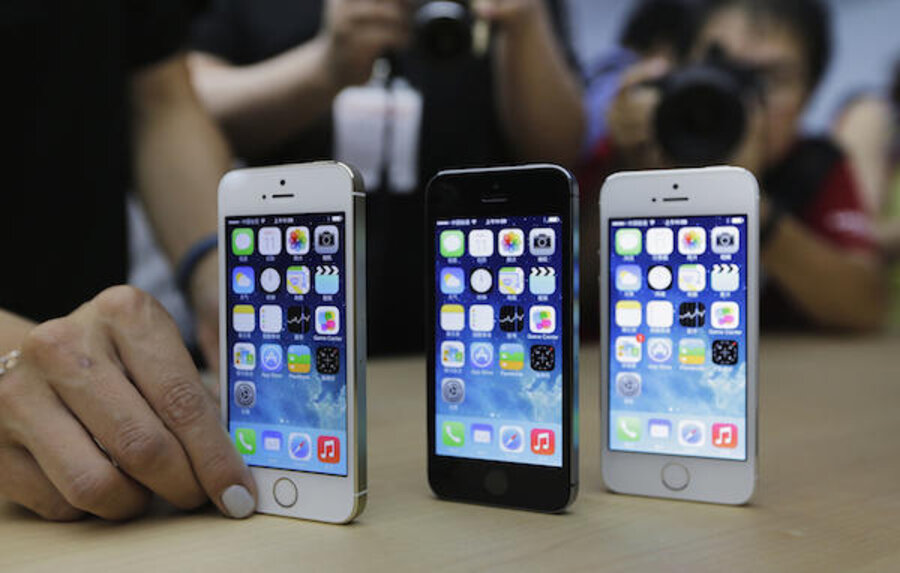'Kill switch' tech cut iPhone thefts by 40 percent in San Francisco
Loading...
Ever have your phone stolen? If so, it’s likely you wished for a “kill switch,” a button that would immediately disable your phone, rendering it useless to a thief and protecting your valuable data.
Good thing Google and Microsoft will now join Apple and others in including a kill switch function to their operating systems and phones, following a New York State report that indicated a kill switch cuts smart phone robberies by up to 40 percent in some cases. This follows legislation in Minnesota that mandates all smart phones must have a kill switch.
Smart phone robberies were at an all time high in 2013, according to data by the report, which was done by the New York State Attorney General’s office, with consultations by the Offices of the San Francisco District Attorney and the Mayor of London. More than 3.1 million smart phones were stolen in 2013, nearly double the number stolen in 2012. The Federal Communications Commission estimates that one out of every three robberies includes a mobile devices. In addition, robberies have grown increasingly violent, in some cases even resulting in murders and assaults.
A year ago, no phones were required to include a kill switch, so most phones, especially valuable ones such as the iPhone or Samsung Galaxy line did not have them. The pressure of reports, such as this one, and national legislation has resulted in almost all major smart phone makers now including either kill switch hardware or software, and a major downturn in thefts.
The first to hop on board was Apple, who included an “Activation Lock” on iOS 7 devices last fall. It wasn’t automatically enabled, but it allowed iPhone users to trigger a kill switch when needed. Samsung followed suit on certain Galaxy models in April.
At the same time, legislation pushed smart phone makers to consider the importance of this feature. In February, San Francisco District Attorney George Gascón and California State Sen. Mark Leno introduced the first legislation that would require kill switches in the state of California. In February and March, Sen. Amy Klobuchar of Minnesota and Rep. Jose Serrano of New York introduced similar federal legislation. In May, Minnesota became the first state to officially mandate a kill switch on all smart phones, and similar legislation is still pending in California, Illinois, and New York.
Now Google and Microsoft have hopped on board. Google says that its next version of the popular operating system Android will include a kill switch and Microsoft says that it will do the same with its Windows Phone OS, which is on all Nokia devices.
Together, Apple, Google, and Microsoft account for 97% of smart phones sold in the United States.
This action has already cut down on thefts. The report shows that in the first five months of 2014 “the theft of Apple devices fell by 17 percent in New York City, while thefts of Samsung products increased by 51 percent compared to the same time period in the previous year.” Seeing as Samsung just recently included the kill switch technology on some of its devices, those numbers may change as it becomes more widely adopted.
When a user activates a kill switch, it locks the phone and erases internal information. Kill switches essentially turn smart phones, which have a street value upwards of $600 to $800, into value-less hunks of plastic. Later, if the phone is found, users can usually put most information back on their phones.
Until recently CTIA, a lobbying group that supports many mobile carriers, opposed the legislation saying that wiped phones make it easier for hackers to infiltrate software and raises privacy concerns. Those lobbying for kill switches say this is because carriers make extra money off insurance plans, up to $7.8 billion in annual revenue among the top four carriers combined, according to Mr. Gascón.
In April, CTIA changed its tune and said it is introducing a “Smartphone Anti-Theft Voluntary Commitment,” in which top carriers will support an opt-in kill switch option.






